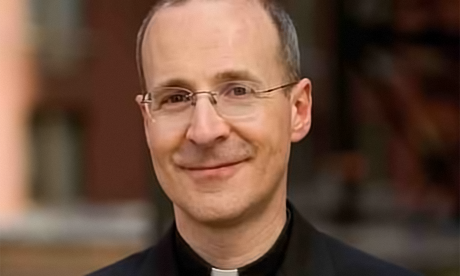Last week we celebrated the Feast of All Saints. To which many non-believers, and believers, may say: Big deal. Who would want to be anything like those gloomy, morose, unsmiling people that we see portrayed in Christian art?
But here’s a surprise: even the briefest glance at their biographies reveals joyful and energetic men and women who liked to have a laugh.
Indeed, the more you know about the actual lives of the saints, the more it strikes you as bizarre that so many statues, paintings and mosaics of the saints show them as unsmiling men and women. These are surely misrepresentations of the holy men and women of Christian history, many of whom were not only joyful but had terrific senses of humor.
Stories about the overt humor of the saints reach as far back as the early Roman martyrs — that is, from the very earliest days of the church. In the third century, St. Lawrence, who was burned to death on a grill, over hot coals, called out to his executioners, “This side is done. Turn me over and have a bite.” In the fourth century, St. Augustine of Hippo, puckishly prayed, “Lord, give me chastity … but not yet.”
Some saints were known specifically for their rich sense of humor. St. Philip Neri, a 16th-century Italian priest, for example, was called “The Humorous Saint.” Over his door he posted a small sign that read, “The House of Christian Mirth.” En route to a ceremony in his honor, he once shaved off half his beard, as a way of poking fun at himself. “Christian joy is a gift from God, flowing from a good conscience,” he said. And “A heart filled with joy is more easily made perfect than one that is sad.”
Much of St. Philip Neri’s humor was a way of keeping him humble, as he engaged in what could only be called acts of public silliness, like wearing a cushion on his head like a turban and wearing a foxtail coat in the middle of the summer.
Some saints were known specifically for their rich sense of humor. Continue reading
Image: Inside Loyola
Fr James Martin SJ is the culture editor of America magazine and author of numerous books. This essay was taken from his book, Between Heaven and Mirth: Why Joy, Humor, and Laughter are at the heart of the spiritual life
